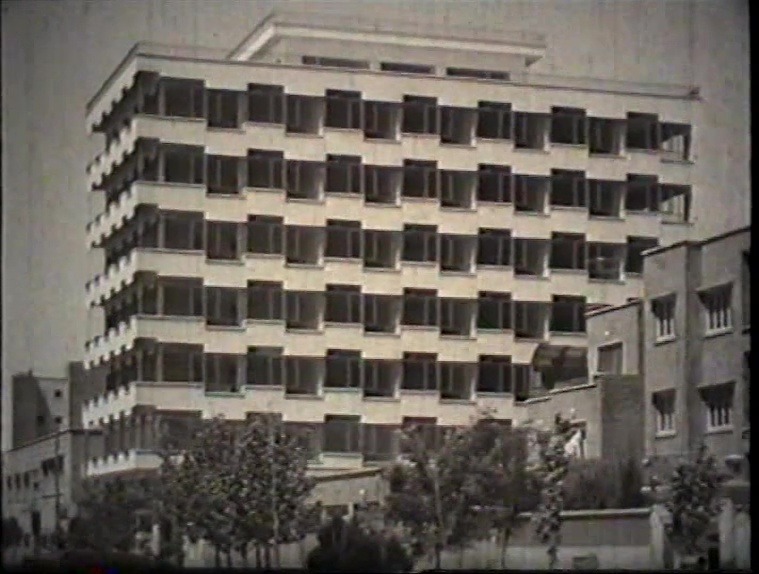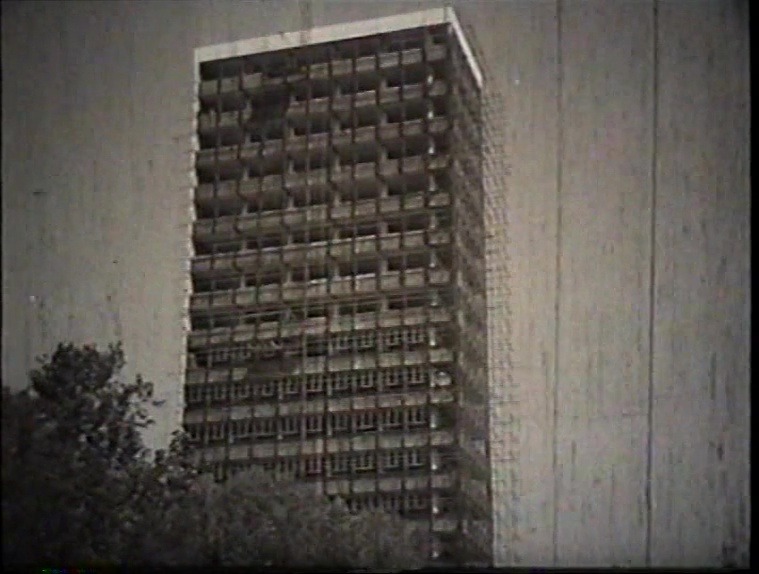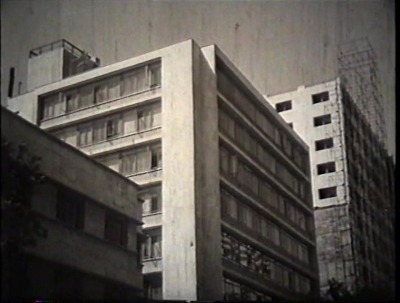 |
| Man Is Not a Bird |
During its XXXVI edition, Il Cinema Ritrovato will present a section dedicated to Yugoslav cinema. The curator of the programme, Mina Radović, has written an introductory article, discussing the ideas behind the selection, as well as the significance of each selected title. All the films will play at the Jolly cinema of Bologna between June 25 and July 2, 2022.
“Tell the Truth!” A View into Yugoslav Cinema, 1955-1969
By Mina Radović
Yugoslav cinema represents a rich, multifaceted, and for many film connoisseurs, untapped resource of film heritage. One of the most diverse states in twentieth century Europe, Yugoslavia was originally founded in 1918 in the aftermath of the First World War and the collapse of several empires as the Kingdom of the Serbs, Croats, and Slovenes. The country was governed as a constitutional monarchy governed by King Aleksandar Karađorđević and in 1929 the country changed its name to Yugoslavia – ‘the land of South Slavs’.
A hub of film culture, pedagogy, and production, the film industry was nationalised after the Second World War and a sophisticated studio system quickly emerged. The new government led by Josip Broz Tito turned Yugoslavia into a socialist country with its own brand of self-management and a form of diplomacy which connected East, West, and the ‘Non-Aligned’ world.
The post-war years saw the rise of formidable new artists who examined, mediated, and challenged contemporary Yugoslav reality, breaking social taboos, and forging new means of cinematic expression. Their work is often diametrically different, but they are connected by an innovative, experimental, and altogether refreshing spirit to see the world anew. The retrospective will present two decades of cinema, moving from the Classical Cinema of the 1950s to the New Yugoslav Film of the 1960s and incorporates a range of feature and short, fiction, documentary, and experimental films by master filmmakers of the era.

.jpg)










